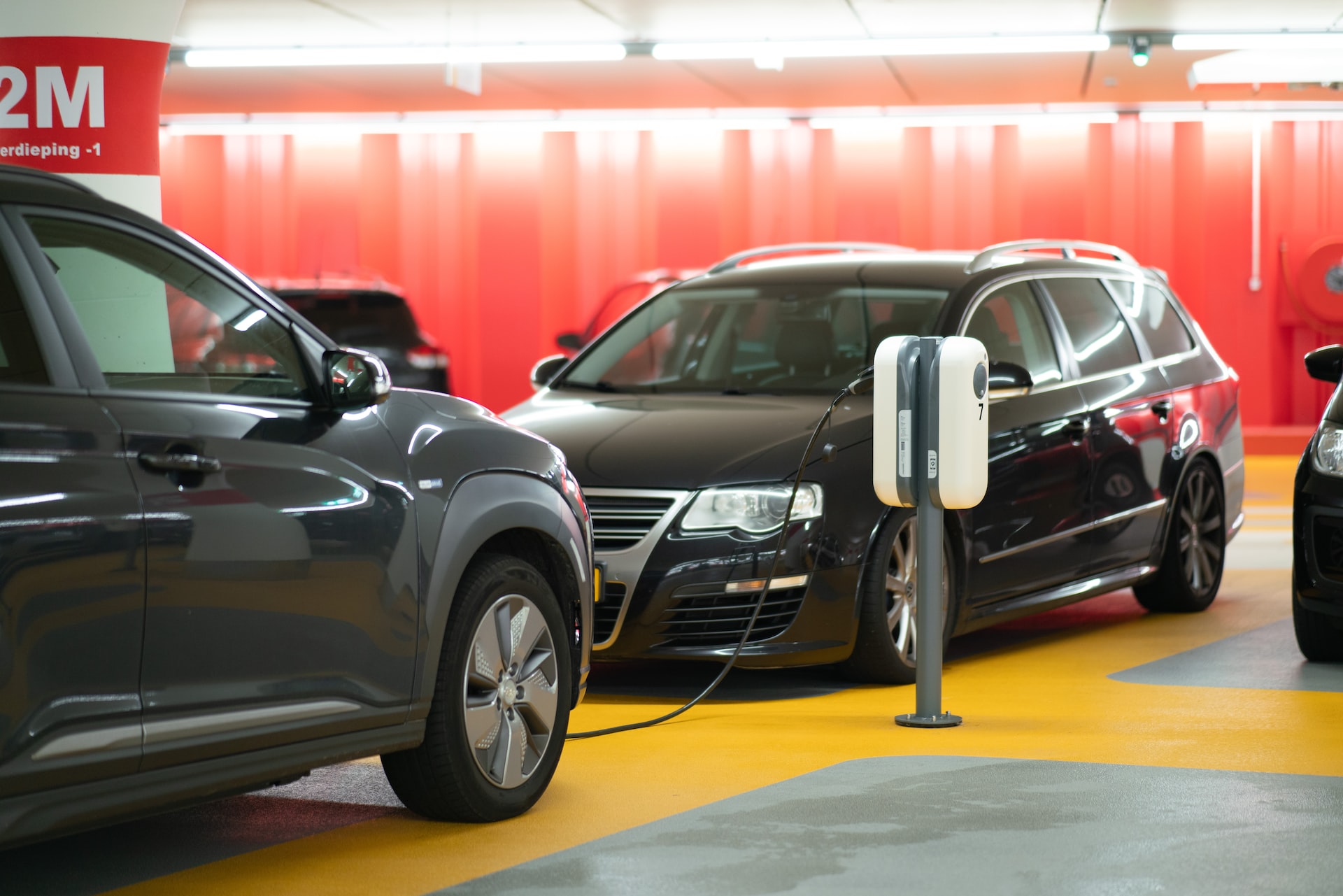Lithium-ion batteries (LIB) have become the dominant technology in phones, laptops, scooters, electric bikes, electric vehicles, as well as large-scale battery energy storage facilities. As such, it is important to systematically consider their impact on fire safety inside buildings, especially since electrification is a critical part of the effort to limit climate change.
The root of the fire safety challenge is thermal runaway in LIBs. This is a process in which overheating, improper charging, construction defects, mechanical abuses, deterioration due to age and use, and similar causes can start an unstable process resulting in the sudden release of hazardous combustible and explosive gases and the initiation of fire.
Different LIB systems can range from highly reliable to less reliable depending on how they are designed, constructed, and used, as well as their safety features. However, the exponential growth in the number of batteries and the high variability in their types and conditions of use means there will be more fires that are related to this technology. Therefore, we need to understand the challenge at different scales and how it should lead to changes in design and construction.
Fire safety concerns with small-, medium-, and large-scale lithium-ion battery applications in buildings
In terms of small-scale applications of this technology, electric mobility devices such as scooters and bikes are widely used, especially in dense urban areas, as a convenient, inexpensive, and rapid means of transportation. Oftentimes, they are stored close to or just behind apartment doors and may be used with non-standard chargers. These devices can initiate fires that are fast and furious with no warning. Because these fires often have a jet flame component and sometimes throw off flammable pieces, they can spread quickly. When stored next to doors, these devices can prevent building occupants from escaping and complicate fire service response and rescue.
By contrast, typical building fires start locally and are slow moving, giving occupants time to respond or escape. This risk is not theoretical. New York City is already experiencing a dramatic rise in the number of fires caused by electric mobility devices. Frequently, improper charging or placement of these devices has contributed to the risk. At this scale, improvements to manufacturer standards, public education, and building rules on where and how electric mobility devices may be stored or charged can help improve fire safety.
At the medium-scale level, individual electric vehicles and small battery energy storage systems (BESS) for single-family residences can have considerable fire potential and require special attention to mitigate the risk. In addition to manufacturer standards, strategies involving appropriate use of fire protection systems, as well as creating distance between the LIB system and the occupied spaces of a building (e.g., separation of parking spaces, installation of BESS outside occupied spaces), can help reduce the threat of fire.
In large-scale applications, large BESS or parking garages with multiple electric vehicles inside a building can pose a significant fire safety challenge. The nature of hazards associated with these systems is different from that of typical fires. These differences can greatly change the risk profile for buildings, their occupants, and first responders. The challenge is driven by the combined fire, explosion, and hazardous material risk of these events. The total heat release of a gas-fueled car and an electric car might not be very different. However, the fire from an electric car can start fast and furious, with jet flames that make it easier to set the next car ablaze as well.
It takes much more water and time to extinguish a fire from an electric car. In addition, any part of the combustible gasses released from the electric vehicle that does not burn could contribute to an unexpected explosion. A parking area, with multiple electric cars in proximity to one another, may experience a fire that spreads much faster, is more difficult to extinguish (due to safety and extinguishment challenges for the fire service) and is, therefore, likely to burn longer. A large-scale LIB BESS inside a building could pose similar challenges.
For this large-scale challenge, there is a need for greater awareness, as well as increased collaboration between stakeholders (including regulating bodies, first responders, technical associations, owners and developers, and design professionals) to fully define the extent of the challenge and develop an outline of solutions. This is a fast-growing and quickly changing environment, and we need proactive, positive engagement from all involved.
Risk mitigation measures for electric vehicles, battery energy storage systems in buildings
Fortunately, for both electric vehicles in indoor parking spaces and large-scale BESS locations inside buildings, some guidance for risk mitigation is clear. It is helpful that the location of risk for both scenarios is known, allowing for targeted design and mitigation approaches to these spaces. Structurally, the building may be designed to withstand longer fires, and structural hardening can be considered if there is an explosion potential.
For fire suppression, various water-based and non-water-based systems are available, each with pros and cons for their use in a given context.
The firefighting infrastructure in a building can also be improved to ensure adequate water through standpipes, as well as safe access for fire service given the unique risks of the LIB-driven fires.
Finally, there are various options to improve the safety of building occupants through design, whether through increasing redundancy of means of egress in high-risk locations, hardening or changing the location of the means of egress as needed, or designing for a safe shelter-in-place strategy inside the building.
We need positive engagement and collaboration between everyone involved, including the authorities having jurisdiction and regulating bodies to recognize the challenge and allow for successful development and application of creative solutions that are appropriate to the context of each building. This is essential to allow for sustained, safe, and expanded adoption of technologies that are important to our fight against climate change.
About the Authors
Ali Ashrafi, PhD., PE, is a Principal, and Elisa Paone, PE, CFEI, is a Vice President with Thornton Tomasetti.
Related Stories
| Nov 6, 2012
Uponor files patent infringement suit against Sioux Chief Manufacturing
Uponor is seeking damages and an injunction to prevent Sioux Chief from selling the PowerPEX F1960 Ring with Stop, which it believes violates Uponor’s patent.
| Oct 30, 2012
Two-hour fire rated curtain wall passes CDC tests
CDC (Curtain Wall Design and Consulting) is an independent firm providing a wide range of building envelope design, engineering, and consulting services to design professionals nationwide.
| Oct 4, 2012
Integrated security systems—replacing legacy systems
To a large degree, building security is driven by the integration of a variety of electronic security systems. The market and engineering of these systems exploded in the post-9/11 era and has shown few signs of tapering off.
| Oct 1, 2012
Tyco completes separation process, now largest pure-play fire protection and security business
Tyco Integrated Security focused on delivering security solutions to commercial businesses.
| Jun 1, 2012
New BD+C University Course on Insulated Metal Panels available
By completing this course, you earn 1.0 HSW/SD AIA Learning Units.
| May 29, 2012
Reconstruction Awards Entry Information
Download a PDF of the Entry Information at the bottom of this page.
| May 24, 2012
2012 Reconstruction Awards Entry Form
Download a PDF of the Entry Form at the bottom of this page.
| Apr 3, 2012
Product Solutions
Two new PV systems; a lighter shelf; and fire alarm/emergency communication system.
| Feb 6, 2012
Siemens gifts Worcester Polytechnic Institute $100,000 for fire protection lab renovation
Siemens support is earmarked for the school’s Fire Protection Engineering Lab, a facility that has been forwarding engineering and other advanced degrees, graduating fire protection engineers since 1979.
| Jan 26, 2012
Siemens launches smoke detection knowledge center
New knowledge center web site demonstrates efficacy of smoke detection.













